Overview of the Physiology of Sport and Exercise 8th Edition
The Physiology of Sport and Exercise‚ 8th Edition‚ is a comprehensive guide exploring the scientific foundations of human movement and physical performance. It delves into muscle function‚ cardiovascular responses‚ and neuromuscular control‚ providing essential insights for athletes‚ coaches‚ and students. This edition emphasizes practical applications‚ making it a vital resource for understanding exercise physiology.
- It serves as a foundational text for studying human performance and exercise science.
- The book integrates physiology‚ biomechanics‚ and nutrition to enhance athletic performance.
- Key topics include muscle hypertrophy‚ energy systems‚ and cardiovascular adaptations.
- Available in PDF format‚ it offers accessible learning for professionals and students worldwide.
1.1 Key Features of the 8th Edition
The 8th Edition of Physiology of Sport and Exercise offers updated research‚ enhanced illustrations‚ and practical applications for athletes and coaches. It includes detailed chapters on muscle physiology‚ cardiovascular responses‚ and neuromuscular control‚ providing a comprehensive understanding of human performance. The edition emphasizes evidence-based training methods and recovery strategies‚ making it a valuable resource for students and professionals. Key features include accessible digital formats‚ such as PDF‚ and a focus on real-world applications in sport and exercise science. This edition ensures readers stay current with the latest advancements in exercise physiology.
- Updated with the latest scientific research and practical insights.
- Enhanced visuals and clear explanations for complex concepts.
- Focus on applied physiology for training and performance optimization.

1.2 What’s New in the 8th Edition
The 8th Edition of Physiology of Sport and Exercise introduces cutting-edge research on muscle hypertrophy‚ cardiovascular adaptations‚ and neuromuscular control. It features new chapters on recovery strategies and injury prevention‚ offering practical insights for athletes and coaches. Enhanced digital content‚ including interactive graphs and videos‚ improves learning. The edition also emphasizes emerging topics like exercise genomics and personalized training. Available as a PDF‚ it combines theoretical knowledge with real-world applications‚ making it indispensable for students and professionals in exercise science.
- New chapters on recovery techniques and injury prevention.
- Updated research on exercise genomics and personalized training.
- Interactive digital content for enhanced understanding.

Muscle Physiology and Exercise
This section examines the biological mechanisms underlying muscle function and adaptation during physical activity. It explores muscle fiber types‚ hypertrophy‚ and strength gains‚ essential for optimizing athletic performance.
- Muscle fibers adapt differently to various exercise stimuli.
- Understanding muscle physiology enhances training and recovery strategies.
2.1 Muscle Fiber Types and Their Roles in Sport
Muscle fibers are categorized into fast-twitch (FT) and slow-twitch (ST)‚ each with distinct roles in athletic performance. Fast-twitch fibers excel in high-intensity‚ short-duration activities like sprinting‚ while slow-twitch fibers are better suited for endurance sports. The proportion of these fibers influences an athlete’s potential in specific disciplines. Training can enhance fiber recruitment patterns‚ improving performance. Understanding fiber types allows for personalized training strategies‚ optimizing strength and endurance.
- Fast-twitch fibers are anaerobic‚ providing rapid‚ powerful contractions.
- Slow-twitch fibers rely on aerobic metabolism‚ promoting sustained efforts.
- Training can shift fiber recruitment to meet sport-specific demands.
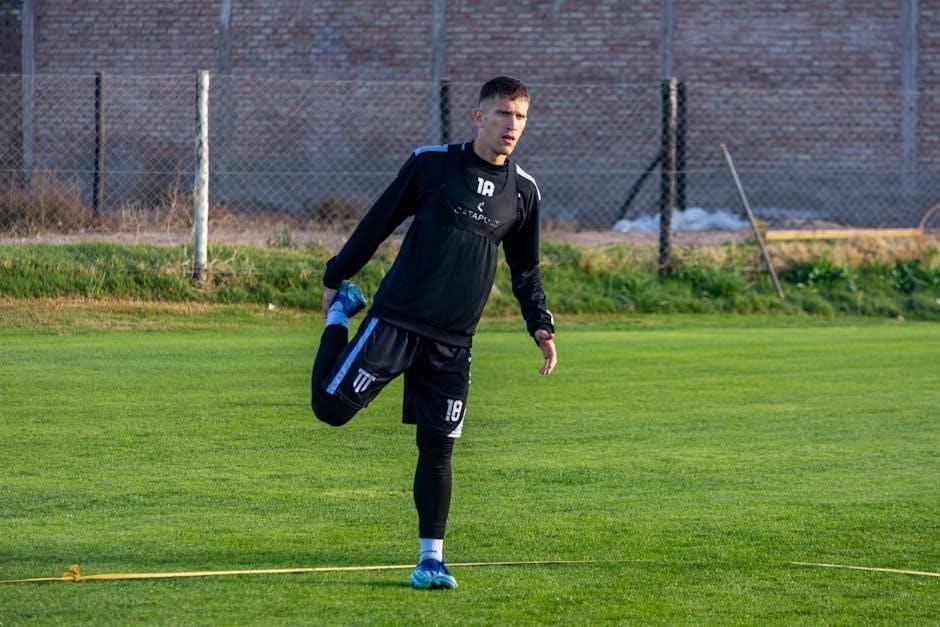
2.2 The Science of Muscle Hypertrophy and Strength Training
Muscle hypertrophy‚ the growth of muscle fibers‚ is driven by resistance training‚ progressive overload‚ and adequate nutrition. Strength training stimulates muscle protein synthesis‚ enhancing fiber size and strength. The eighth edition explores how variables like exercise selection‚ volume‚ and intensity influence hypertrophy. It also delves into the role of recovery and nutrition in maximizing muscle growth. Understanding these principles allows athletes and trainers to design effective training programs tailored to specific goals.
- Progressive overload is critical for continuous muscle growth.
- Nutrition plays a vital role in supporting muscle protein synthesis.
- Recovery strategies are essential for optimizing hypertrophy.

Cardiovascular Responses to Exercise
Exercise induces immediate cardiovascular changes‚ such as increased heart rate and blood flow‚ and long-term adaptations like enhanced cardiac output and vascular efficiency. Regular training strengthens the heart and improves delivery of oxygen and nutrients to muscles‚ optimizing performance and overall health.
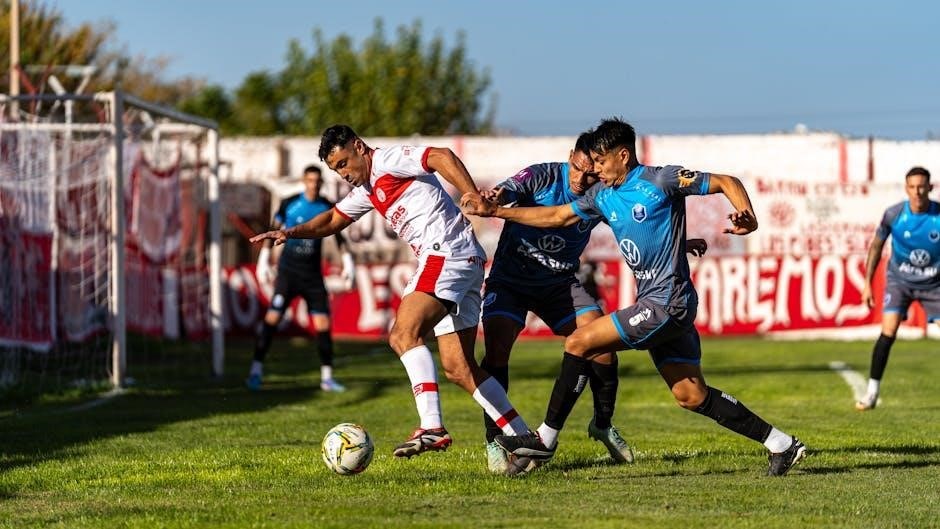
- Increased cardiac output during exercise supports energy demands.
- Adaptations improve oxygen delivery and endurance capacity.
3.1 Acute Cardiovascular Adaptations to Exercise
During exercise‚ the cardiovascular system undergoes immediate changes to meet increased energy demands. Heart rate and stroke volume rise‚ boosting cardiac output to supply oxygen and nutrients to muscles. Blood flow redistributes‚ prioritizing active tissues while reducing flow to non-essential areas. Vasodilation in exercising muscles enhances oxygen delivery‚ while vasoconstriction occurs elsewhere to maintain blood pressure. These acute adaptations ensure efficient energy production and maintain homeostasis during physical activity. Understanding these responses is crucial for optimizing athletic performance and preventing cardiovascular strain.
- Heart rate increases to enhance cardiac output.
- Blood flow redistributes to prioritize active muscles.
- Increased stroke volume and cardiac output.
- Improved myocardial thickness for efficient pumping.
- Enhanced capillarization and arteriole density.
- Reduced resting heart rate and blood pressure.
- Examines neural communication with muscles.
- Discusses motor learning and skill acquisition.
- Explores muscle coordination and reflex mechanisms.
- Applies to sport performance and rehabilitation.
- Practice is essential for motor skill development.
- Feedback improves movement patterns and accuracy.
- Neural adaptations support long-term skill retention.
- Energy systems are crucial for optimizing athletic performance.
- Understanding these systems aids in designing effective training programs.
- Key for high-intensity‚ short-duration efforts;
- Relies on stored ATP and phosphocreatine.
- Essential for explosive movements like sprints.
- Essential for sustained energy production in endurance activities.
- Glycolytic system provides rapid ATP without oxygen.
- Oxidative system offers efficient‚ long-term energy with oxygen.
- Focuses on real-world applications of exercise science.
- Provides tools for creating effective training programs.
- Emphasizes recovery and injury prevention techniques.
- Focuses on periodization and progressive overload.
- Offers sport-specific training strategies;
- Highlights the role of recovery and nutrition.
- Focuses on active recovery and nutrition.
- Includes injury prevention methods.
- Highlights the importance of sleep and consistency.
3.2 Chronic Cardiovascular Adaptations to Exercise Training
Consistent exercise training leads to long-term cardiovascular improvements‚ enhancing the body’s ability to deliver and utilize oxygen. The heart adapts by increasing stroke volume and developing greater myocardial thickness‚ enabling more efficient pumping. Cardiac output at rest and during exercise improves‚ while resting heart rate decreases. Blood vessels experience increased capillarization‚ enhancing oxygen delivery to muscles. Arterioles expand‚ reducing peripheral resistance and lowering resting blood pressure. These chronic adaptations enhance endurance‚ reduce fatigue‚ and improve overall cardiovascular health‚ making sustained physical activity more efficient and less strenuous over time.
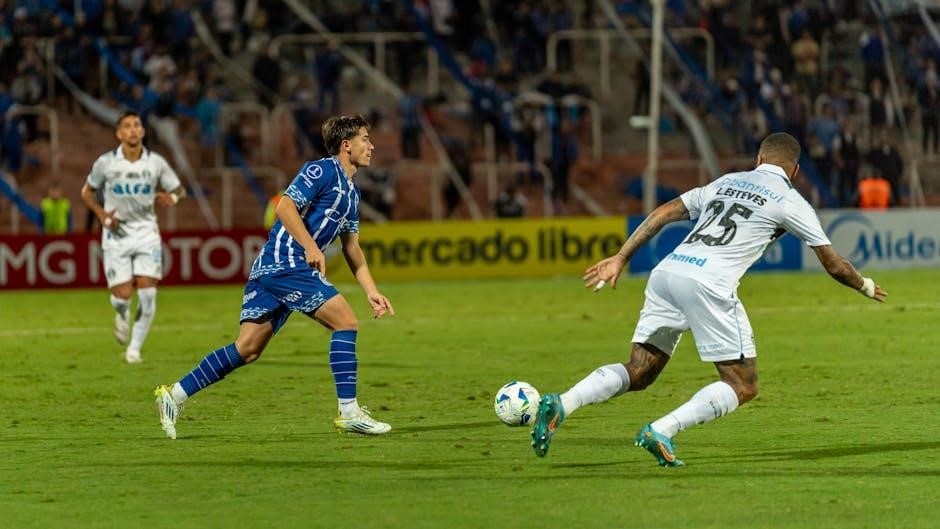
Neuromuscular Control and Movement
Neuromuscular control involves the integration of neural and muscular systems to produce precise movements. It encompasses motor learning‚ reflexes‚ and the coordination of muscle fibers for optimal performance.
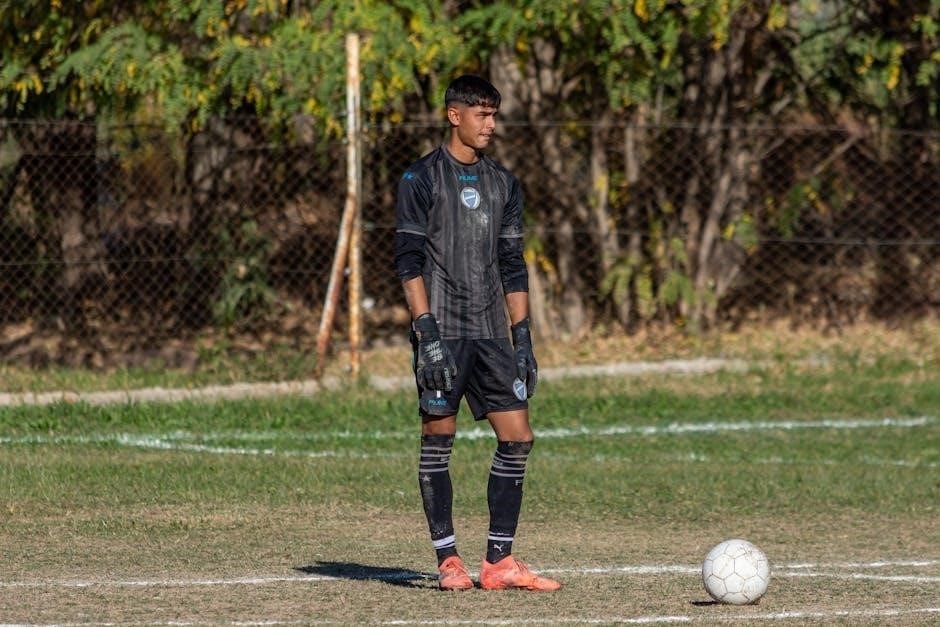
4.1 Neural Adaptations to Exercise and Sport
Exercise induces significant neural adaptations‚ enhancing motor neuron excitability and synaptic efficiency. These changes improve neuromuscular communication‚ leading to better motor unit recruitment and movement precision. Strength training increases the activation of motor neurons‚ while endurance exercises promote neural efficiency. Neural adaptations also include enhanced proprioception and reflex responses‚ critical for sport performance. The brain’s neuroplasticity allows for skill refinement and motor learning. Over time‚ these adaptations optimize neuromuscular control‚ enabling athletes to achieve higher levels of strength‚ speed‚ and precision. Understanding these neural changes is vital for designing effective training programs and improving athletic performance.
4.2 Motor Learning and Skill Acquisition in Sports
Motor learning and skill acquisition are critical for athletic performance‚ involving the refinement of movement patterns through practice and experience. This process encompasses the cognitive‚ associative‚ and autonomous stages of learning. Athletes develop muscle memory and precision through repetition and feedback. Techniques like variability in practice and external cues enhance skill mastery. Understanding these principles helps coaches design effective training programs‚ ensuring athletes acquire and refine complex motor skills efficiently. The integration of motor learning strategies with exercise physiology maximizes performance and reduces injury risks‚ making it a cornerstone of modern sports training.
Energy Systems and Exercise Performance
The Physiology of Sport and Exercise‚ 8th Edition‚ explores the ATP-PC‚ glycolytic‚ and oxidative systems‚ explaining how they fuel performance across various sports and exercise intensities.
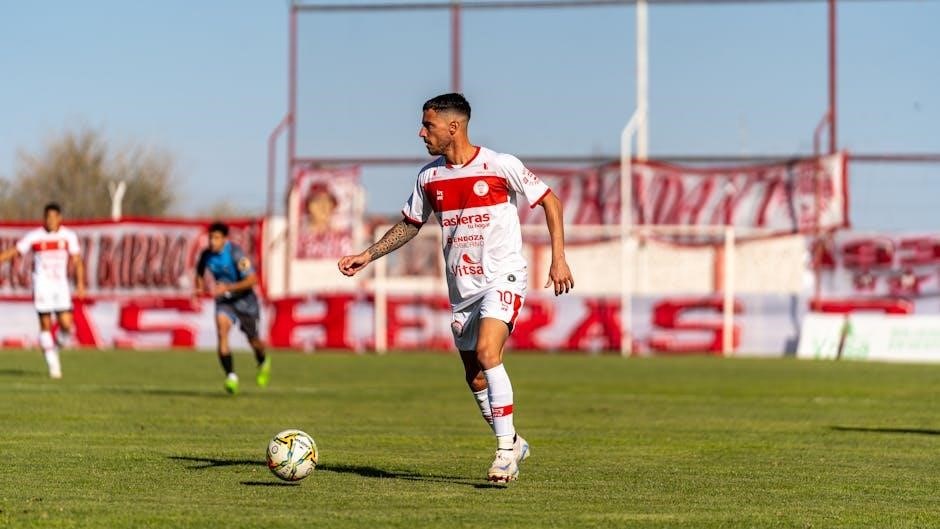
5.1 The ATP-PC System and High-Intensity Exercise
The ATP-PC system is the primary energy source for short-duration‚ high-intensity activities‚ providing rapid energy for efforts lasting up to 10 seconds. It operates anaerobically‚ without requiring oxygen‚ making it essential for explosive movements like sprints or weightlifting. This system relies on stored ATP and phosphocreatine (PC)‚ which replenish ATP rapidly during intense efforts. However‚ its limited capacity means it fatigues quickly when these stores are depleted. Understanding the ATP-PC system is crucial for optimizing training programs aimed at enhancing power and speed in sports. The 8th Edition details how this system interacts with others to maximize athletic performance.
5.2 The Glycolytic and Oxidative Systems in Endurance Sports
The glycolytic and oxidative systems are central to energy production in endurance sports‚ enabling sustained activity over prolonged periods. The glycolytic system breaks down glucose to pyruvate‚ generating ATP without oxygen‚ while the oxidative system utilizes oxygen to further metabolize pyruvate‚ producing more ATP efficiently. Together‚ these systems adapt to meet energy demands‚ with the oxidative system dominating during low-intensity‚ long-duration efforts and the glycolytic system contributing during high-intensity bursts. The 8th Edition explores how these systems are optimized through training‚ enhancing endurance performance by improving metabolic efficiency and delaying fatigue.
Practical Applications of Exercise Physiology
This section bridges theory and practice‚ offering strategies for program design‚ recovery‚ and injury prevention. It equips coaches and athletes with actionable insights to enhance performance and well-being.

6;1 Designing Effective Exercise Programs for Athletes
Designing effective exercise programs requires a deep understanding of an athlete’s goals‚ fitness level‚ and sport-specific demands. This section provides evidence-based strategies for creating structured training plans that optimize performance while minimizing injury risk. Key considerations include periodization‚ exercise selection‚ and progressive overload. Additionally‚ it emphasizes the importance of integrating recovery techniques and nutrition to support training adaptations. Practical examples and case studies illustrate how to tailor programs for different sports and athlete profiles‚ ensuring a personalized and scientifically grounded approach to enhance athletic success.
6.2 Recovery Strategies and Injury Prevention
Effective recovery strategies and injury prevention are crucial for maintaining athlete performance and longevity. This section explores evidence-based methods such as active recovery techniques‚ nutrition optimization‚ and sleep management. It also covers injury prevention tactics‚ including strength training‚ flexibility exercises‚ and proper warm-up routines. Emphasizing a holistic approach‚ the content provides practical tools to enhance resilience and reduce downtime‚ ensuring athletes can train consistently and achieve their goals without compromising their health.
